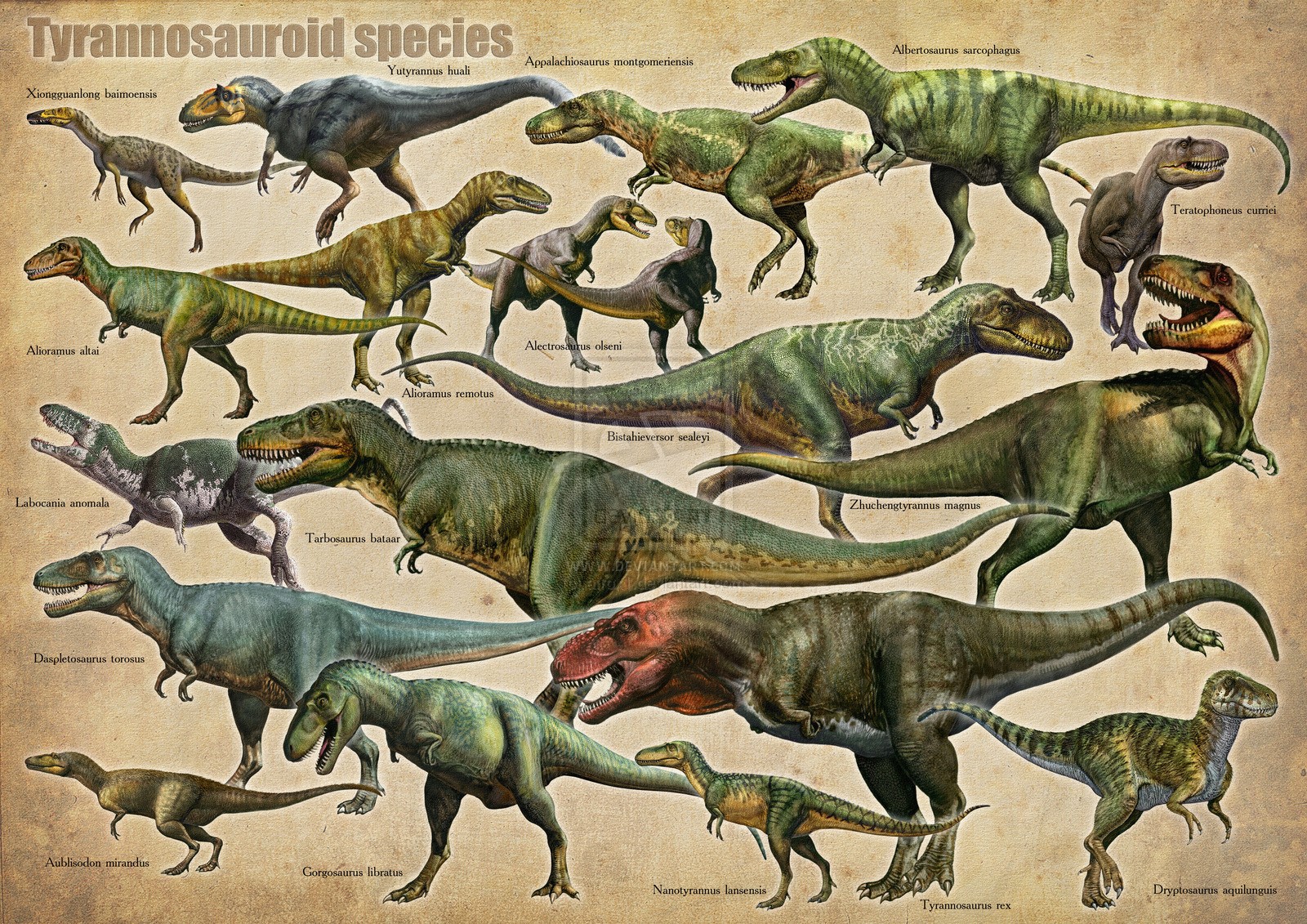

/t-rex--artwork-460716257-5b495432c9e77c0037077db9.jpg)
rex was about 15 times that of an alligator, whereas that of the larger Giganotosaurus”-a non-tyrannosaur carnivore-“was only about 4 times that of an alligator.”Ī group of Gorgosaurus libratus feed during the Cretaceous. “My results show that the bite force of an adult T. In fact, Therrien notes, tyrannosaurs evolved to put more emphasis into devastating bites than other large dinosaur carnivores that retained large claws and arms for subduing prey. Whereas a 10-year-old Gorgosaurus was a slasher than went after small prey and had only about 13 percent of an adult’s maximum bite force, another 10 years would make the same animal a deep-skulled carnivore able to bust up bones. From there, the tyrannosaur menu only kept expanding. That’s big enough to hunt young duckbilled dinosaurs, as well as some of the mid-sized prey in the same habitat like the “ostrich-mimic” dinosaurs called ornithomimids. At this age, Therrien says, these tyrannosaurs would have been over 18 feet long and over 1,500 pounds. During their teenage growth spurt, between 11 and 20, the skulls of these tyrannosaur became deeper and better able to distribute the stresses involved with powerful bites.Įven though an 11-year-old Gorgosaurus was far from all-grown-up, it was still an impressive animal. Instead of being thin and blade-like, the teeth took on a more circular shape resistant to breaking and able to deliver more punishing bites to struggling prey. Around age 11, however, when their lower jaws got to be about 23 inches long, the teeth that constantly-replaced themselves in the dinosaurs’ jaws began to change. In the case of the new study, Therrien and coauthors found that for their first decade of life Albertosaurus and Gorgosaurus had relatively weak bites and thin, blade-like teeth. That’s allowed paleontologists to piece together a fuller picture of how these tyrants grew up. rex are rare, Therrien and coauthors note, experts have uncovered multiple juveniles of Albertosaurus and Gorgosaurus. Even though juvenile specimens of the great T. These dinosaurs were the top predators of their ecosystems, much like their more famous relative T. If you were to visit ancient Alberta around 75 million years ago, chances are you’d run into some big, lanky tyrannosaurs such as Albertosaurus and Gorgosaurus. And it’s these dinosaurs, especially the tyrannosaurs that roamed western North America during the last 14 million years of the Cretaceous, that fundamentally altered the landscape around them. With few exceptions, it was only about 80 million years ago that a tyrannosaur subset-the tyrannosaurids-began to achieve giant sizes, their success underwritten by terrible, crushing bites that allowed them to both hunt and dismember carrion with ease. This dinosaurian happenstance allowed tyrannosaurs to nudge other carnivores out of the way-creating ecosystems unlike anything seen today, dominated by a single large predator.Įven though tyrannosaurs have a very long history, the first of their storied family evolving about 170 million years ago, these carnivores stayed small for tens of millions of years. It was only in their teenage years, during a dramatic growth spurt, that these dinosaurs gained their taste for big game. Young, small, svelte tyrannosaurs had different predatory capabilities than the adults and chased after smaller fare. A host of new papers have arrived at the same conclusion-the way big tyrannosaurs grew up allowed them to vastly influence their ecosystems in ways no other predators ever had before. rex and related dinosaurs such as Gorgosaurus had an outsize influence on the habitats they stalked hasn’t come from a single discovery, but from years of fortuitous fossil finds, analyses of dinosaur anatomy and placing these clues into an ecological context. That’s part of the key findings of a study published earlier this year in the Canadian Journal of Earth Sciences, in which Royal Tyrrell Museum of Paleontology researcher François Therrien and colleagues found that young tyrannosaurs behaved-and bit their prey-in a different way than adults. The differences between adult and adolescent tyrannosaurs were so great that the animals almost lived like different species, pushing out mid-sized carnivores in a prehistoric takeover.

rex has been apparent from the outset, but, paleontologists have learned, this Cretaceous meat-eater and its relatives really did have a tyrannical clawhold on the ecosystems they lived in. What else would you call a carnivorous, bipedal reptile that could grow more than 40 feet in length and weigh more than nine tons? The sheer size and apparent ferocity of T. Tyrannosaurus rex may be the most perfect dinosaur name ever coined.


 0 kommentar(er)
0 kommentar(er)
